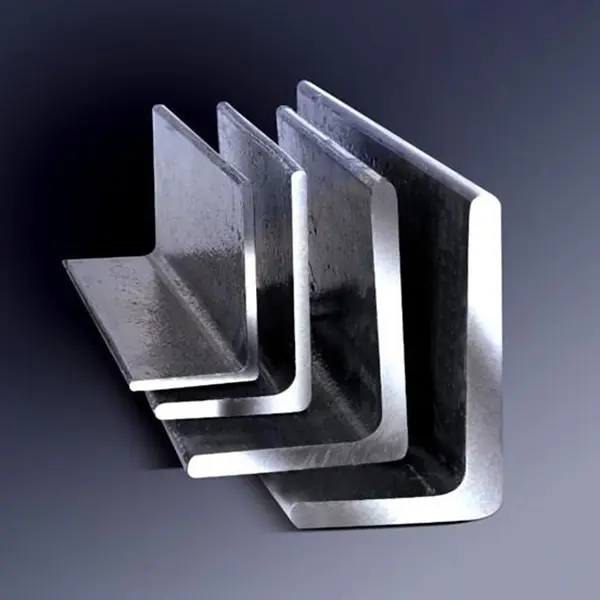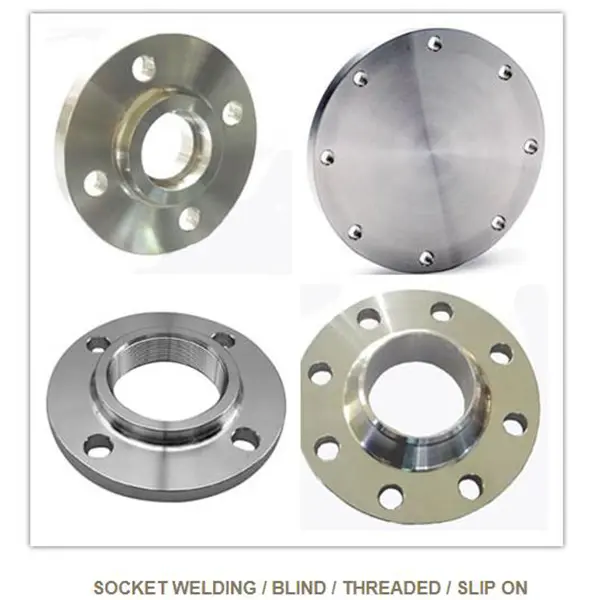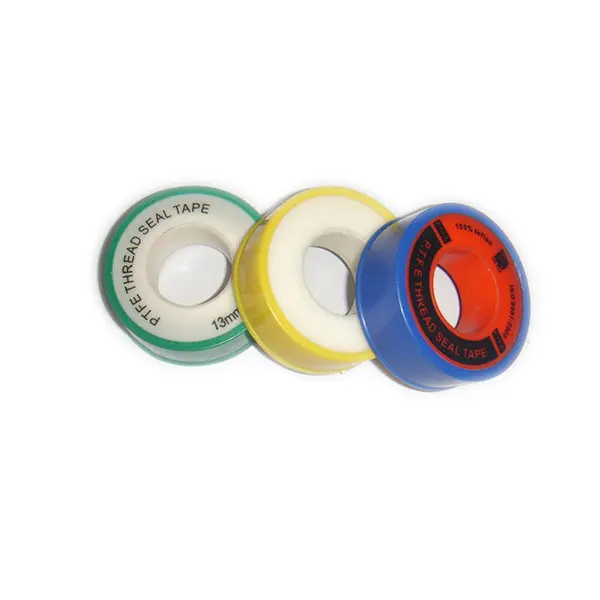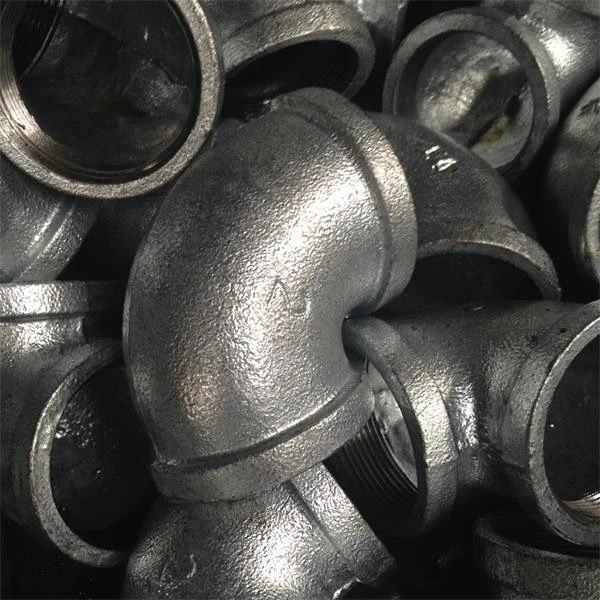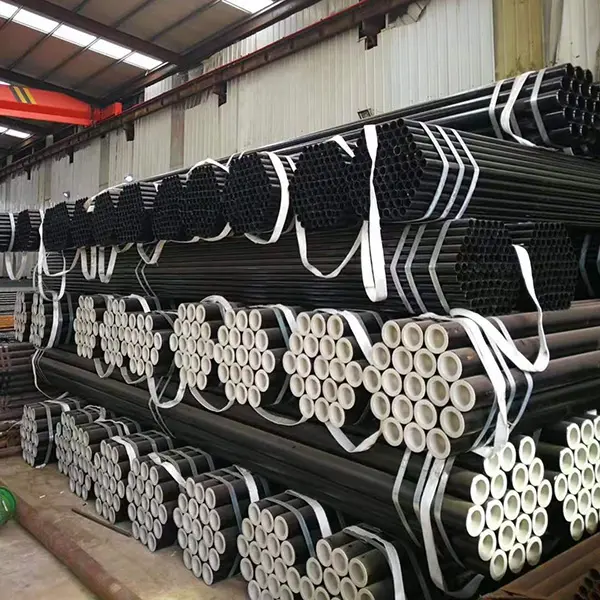Fuel and Brake Line Systems
One of the most common uses of seamless steel pipe in automobiles is in fuel delivery systems and brake lines. These systems require tubing that can withstand high pressure, temperature fluctuations, and corrosive environments without failure. Seamless steel pipe, manufactured without any welds or joints, provides uniform strength and eliminates weak points that could potentially leak or rupture.
In fuel lines, seamless pipes ensure smooth and safe transportation of gasoline or diesel from the fuel tank to the engine. In brake systems, where hydraulic fluid is transmitted under high pressure, the integrity of the pipe is critical to ensure reliable braking performance. Seamless steel tubes are also often coated with anti-corrosion materials to extend service life in harsh driving conditions.
Exhaust Systems
Steel pipes are widely used in automotive exhaust systems to direct the flow of combustion gases from the engine to the tailpipe. The exhaust system must resist high temperatures, corrosive gases, and vibrations. Seamless steel pipes are favored for components such as the exhaust manifold, catalytic converter housing, and downpipes because they can endure thermal expansion and contraction without cracking or deforming.
The smooth inner surface of seamless pipes also improves gas flow, reducing back pressure and contributing to better engine performance and fuel efficiency. High-temperature-resistant alloys and stainless steel seamless pipes are often selected for these applications to meet emission control requirements and extend durability.
Engine and Transmission Components
In internal combustion engines, seamless steel pipe is used for cylinder liners, injection systems, and turbocharger tubing. These components are exposed to extreme stress and thermal loads, and only high-grade seamless steel can provide the needed fatigue resistance and dimensional stability.
In transmission systems, seamless pipes are used for precision-machined shafts, tubes, and hydraulic cylinders. The absence of welding seams reduces the risk of stress fractures and improves the mechanical strength of the components. This reliability is particularly important in high-performance and commercial vehicles that operate under demanding conditions.
Chassis and Structural Applications
Although most automotive chassis components are made from stamped sheet metal or extruded aluminum, certain structural elements—particularly in trucks, SUVs, and off-road vehicles—use steel tubing to form frames and roll cages. Seamless steel pipe is utilized in these structural parts to provide enhanced impact resistance and torsional strength.
The use of seamless pipe in roll cages and crash bars is especially important for safety. These pipes must absorb and dissipate impact energy in the event of a collision, protecting the vehicle occupants. Seamless steel's uniform grain structure and absence of weld lines offer superior performance in these safety-critical areas.
Steering and Suspension Systems
In steering columns, shock absorbers, and suspension arms, steel pipes are used to ensure stable and responsive handling. Seamless pipes are preferred in such systems for their high precision and resistance to fatigue failure caused by constant movement and load variation.
For example, shock absorbers consist of a cylindrical housing (often made from seamless steel pipe) that contains hydraulic fluid and internal pistons. These components must perform reliably across a wide range of temperatures and road conditions, which is why seamless steel is the industry standard.
Heat Exchangers and Cooling Systems
Automobiles require efficient cooling systems to regulate engine temperature and prevent overheating. Seamless steel pipes are used in the construction of heat exchangers, radiator tubes, and heater cores. These pipes facilitate efficient heat transfer and can withstand internal pressure and vibration without leaking or breaking down.
Some hybrid and electric vehicles also use seamless steel tubing in their battery cooling systems, where precision, leak-proof performance, and thermal conductivity are essential for safety and efficiency.
Airbag Systems and Safety Mechanisms
Modern vehicles are equipped with airbag inflator systems that deploy instantly during a crash. These inflators rely on seamless steel tubes to contain and channel high-pressure gas. Given the critical nature of airbags in passenger safety, the steel tubes used must meet the highest standards for strength, pressure tolerance, and material consistency. Seamless steel pipe ensures there are no weak points in the gas flow path, reducing the risk of malfunction.
Lightweighting and Fuel Efficiency
Automakers face increasing pressure to reduce vehicle weight to improve fuel economy and meet environmental regulations. Seamless steel pipe helps address this challenge by enabling the production of thinner yet stronger components. The material’s excellent mechanical properties mean that less material can be used without compromising safety or performance.
In hybrid and electric vehicles, lightweight yet durable materials are essential to offset the weight of battery packs. Seamless steel pipe provides an optimal balance of weight, strength, and formability for new vehicle designs.
Steel pipe—particularly seamless steel pipe—plays a vital and multifaceted role in the automotive industry. From essential systems like fuel and brake lines to safety-critical applications in airbags and structural frames, seamless steel pipes deliver unmatched performance, durability, and precision. As the automotive sector continues to evolve toward electrification, lightweighting, and increased safety standards, the use of advanced steel piping solutions will remain central to innovation and performance.
Warning: Undefined array key "array_images_sha2r_all" in /home/www/wwwroot/HTML/www.exportstart.com/wp-content/themes/1419/footer.php on line 117
Warning: foreach() argument must be of type array|object, null given in /home/www/wwwroot/HTML/www.exportstart.com/wp-content/themes/1419/footer.php on line 117




